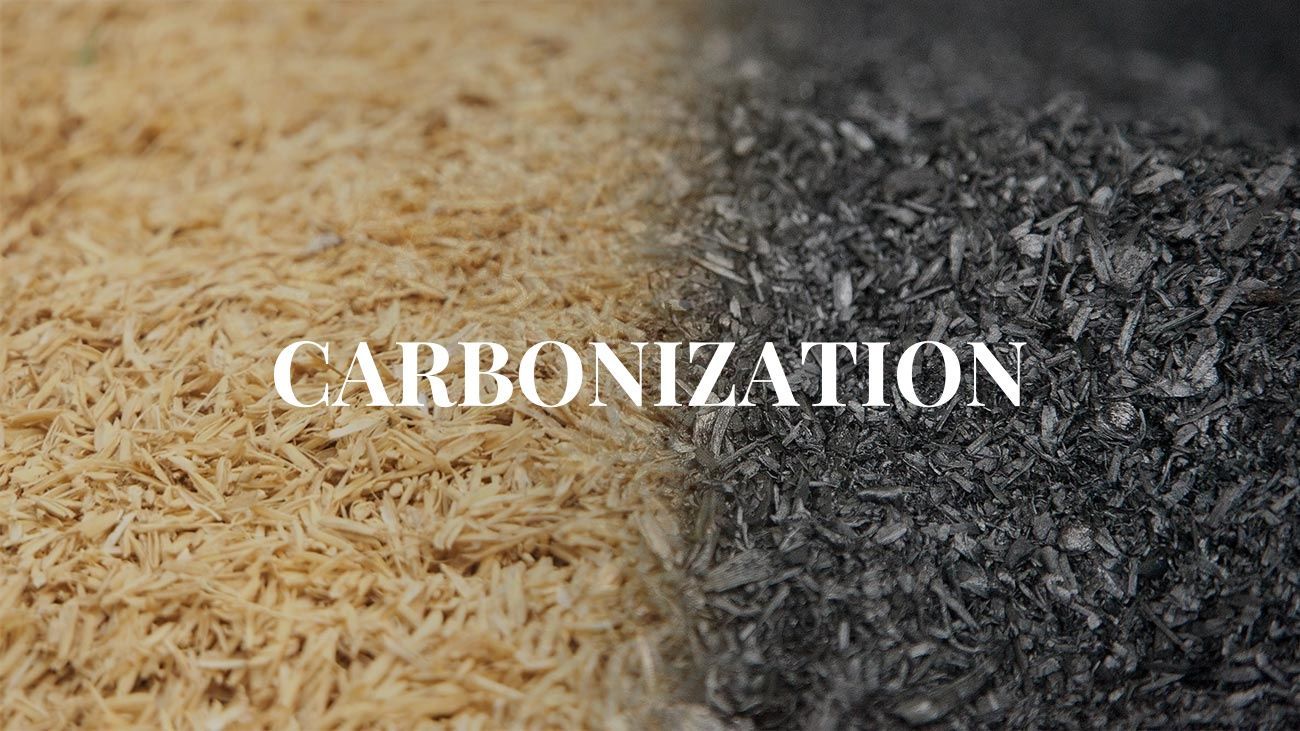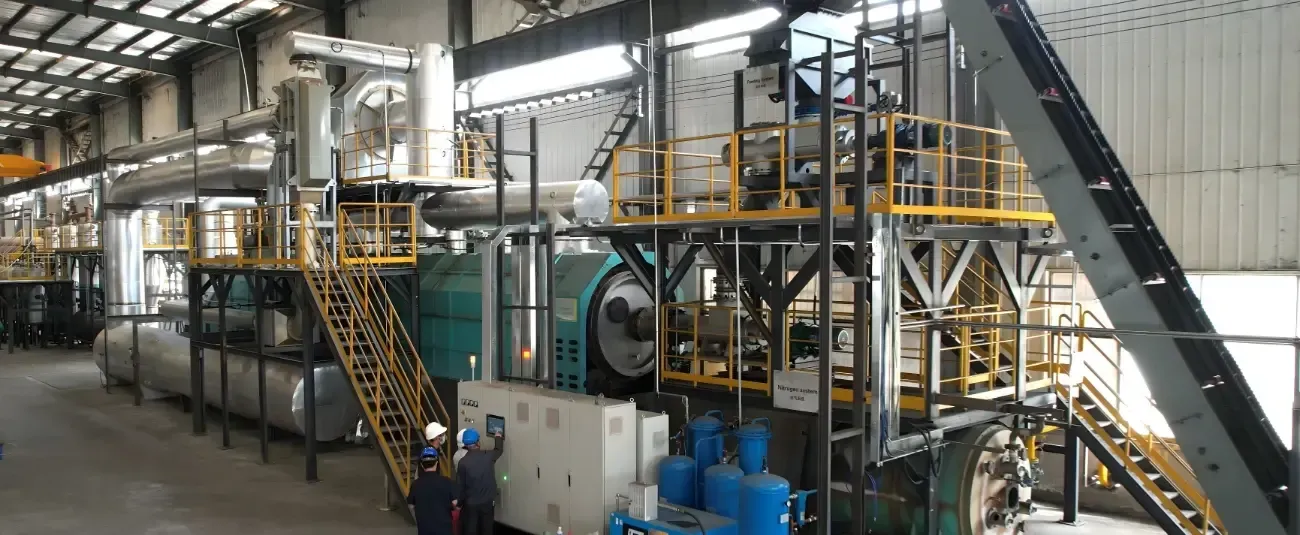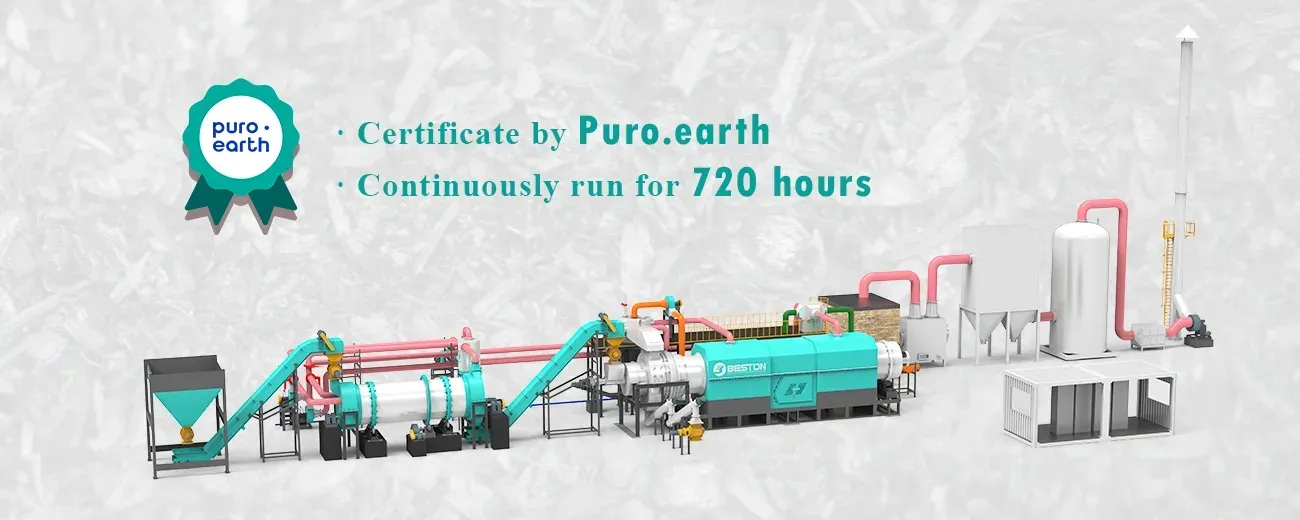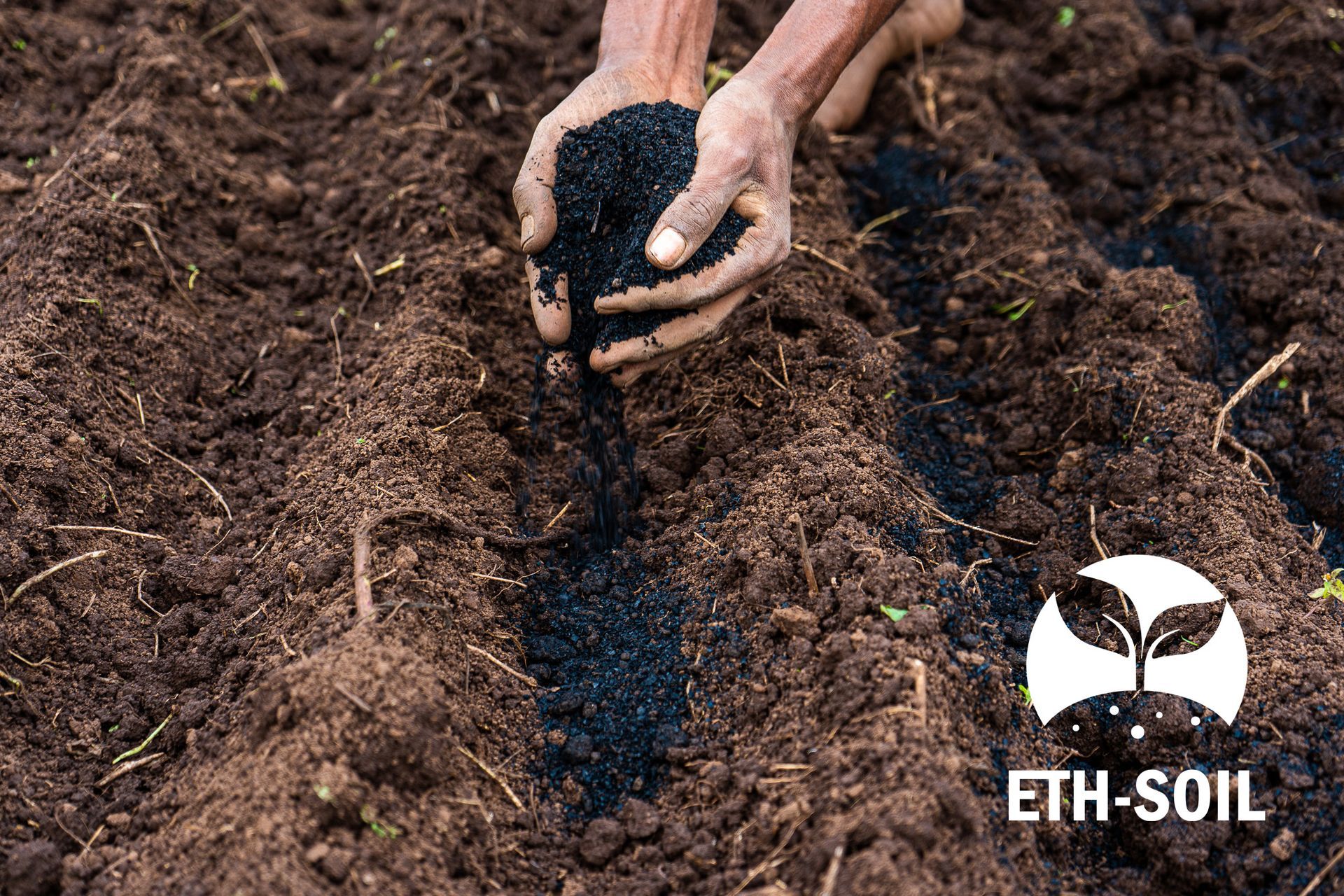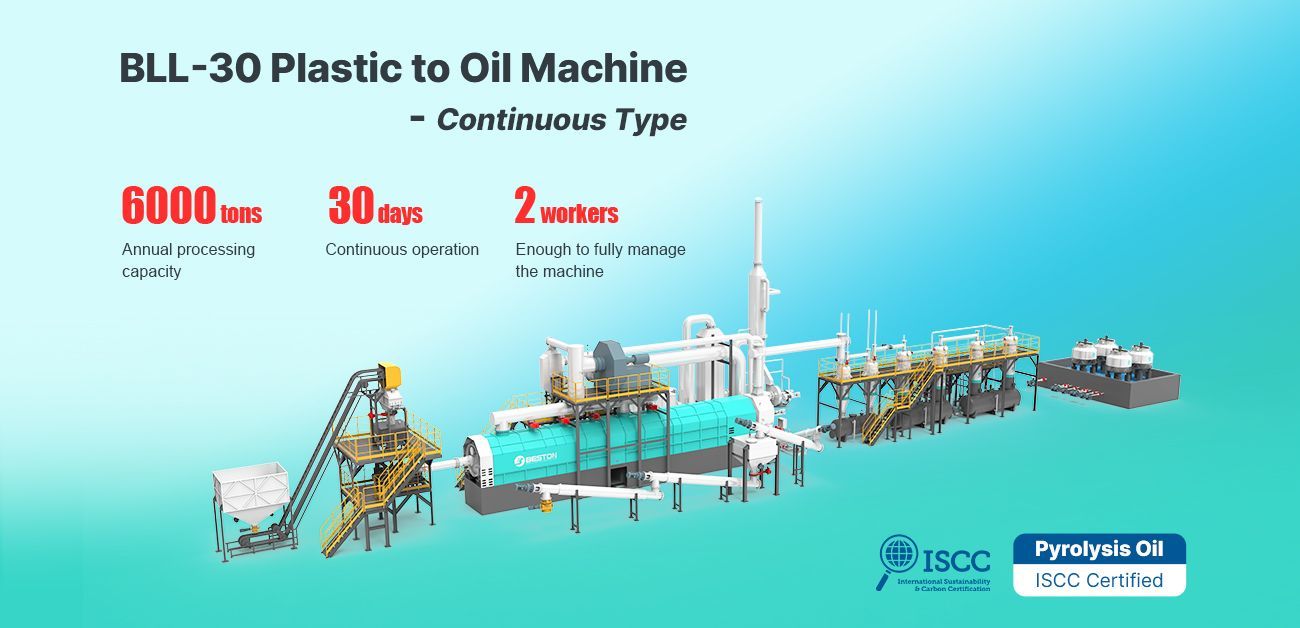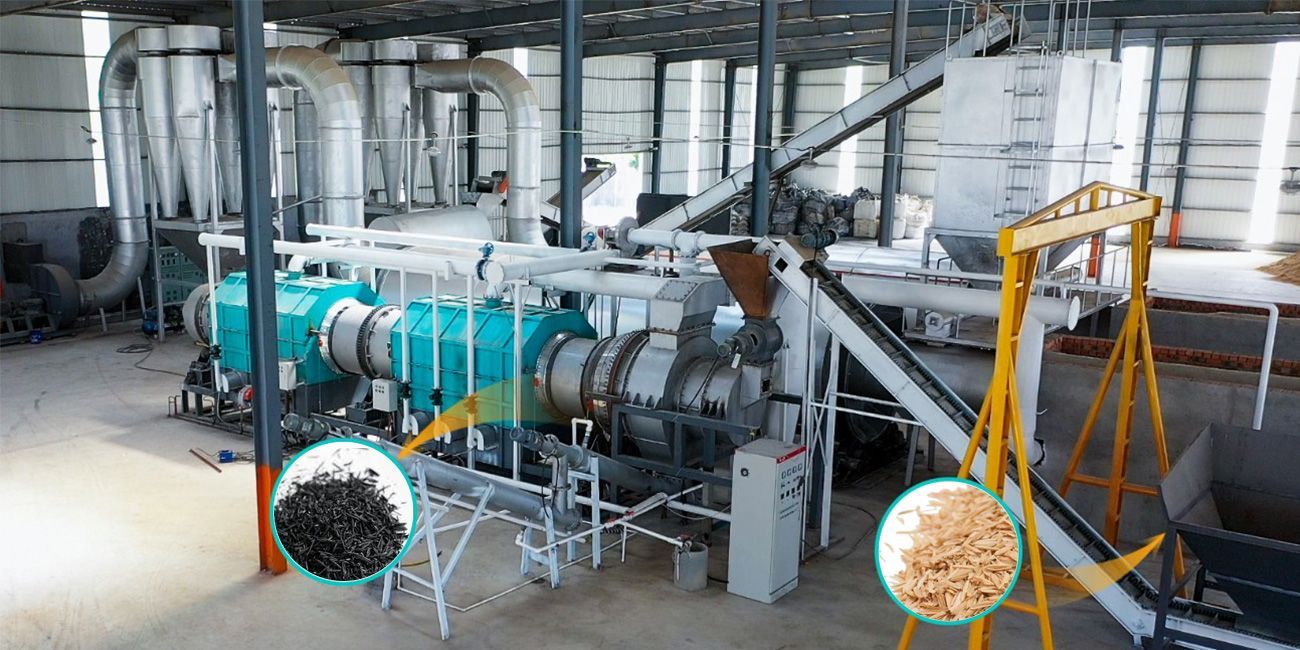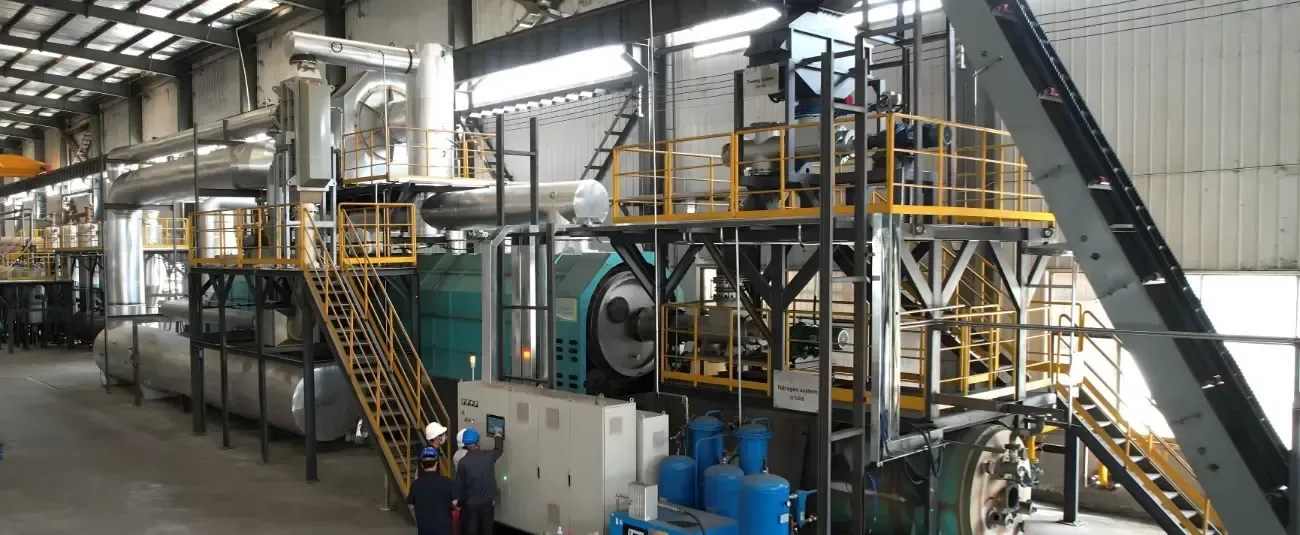Maximize Economic Returns from Pyrolysis: Market Demand and Sales Channels for Pyrolysis Oil
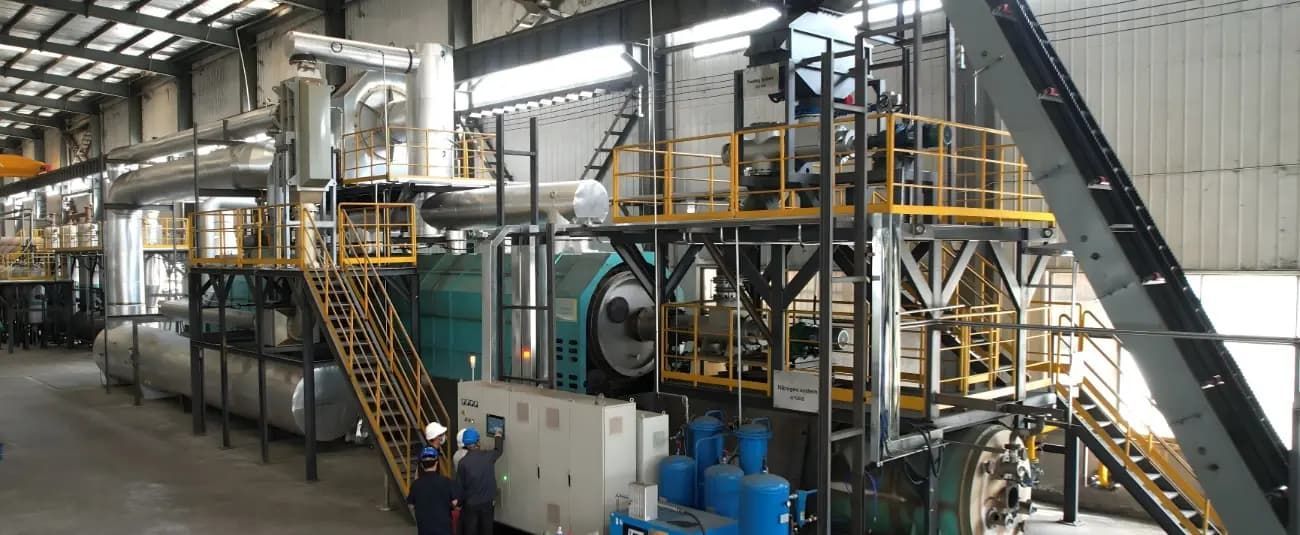
The pyrolysis process has emerged as one of the most promising solutions for dealing with waste materials, such as plastics, tires, and even oil sludge, by converting them into valuable resources like pyrolysis oil. Not only does this provide an environmentally friendly way to recycle waste, but it also offers significant economic returns. In this article, we will explore the economic benefits of pyrolysis, focusing on the market demand for pyrolysis oil and the sales channels that drive profitability.
Understanding Pyrolysis: A Sustainable Solution for Waste Management
Pyrolysis is a thermal decomposition process that breaks down organic materials at high temperatures in the absence of oxygen. The primary outputs of pyrolysis include pyrolysis oil, gas, and solid char. These products can be used for a range of applications, from fuel to raw materials in various industries. However, it is pyrolysis oil that has gained particular attention due to its versatility and high demand in the market.
Pyrolysis Oil: Market Demand and Profitability
Rising Demand for Renewable Energy
As the world continues to shift towards sustainable energy solutions, the demand for renewable fuels is on the rise. Pyrolysis oil, also known as bio-oil, is a key player in this transition. It serves as a renewable source of energy that can replace traditional fossil fuels in industrial applications. With the global push for carbon reduction and the increasing cost of crude oil, many industries are looking at pyrolysis oil as a cost-effective and eco-friendly alternative.
In particular, pyrolysis oil can be used as a fuel for power generation, cement manufacturing, and even as a substitute for petroleum in the chemical industry. As governments and businesses continue to invest in green technologies, the market for pyrolysis oil is expected to grow steadily.
Versatility of Pyrolysis Oil
Pyrolysis oil's versatility further contributes to its market potential. It can be refined into various grades of fuel oil or chemicals, making it attractive to a wide range of industries. Its ability to be processed into different forms, such as liquid fuels or feedstock for chemical production, ensures that there are numerous avenues for selling and using the oil produced.
Additionally, with technological advancements in pyrolysis machine, the efficiency of oil production has improved, making the process more commercially viable and further increasing its demand.
Sales Channels for Pyrolysis Oil
Direct Sales to Industrial Clients
One of the most common sales channels for pyrolysis oil is direct sales to large-scale industrial clients. Power plants, cement factories, and chemical manufacturers are major consumers of pyrolysis oil, using it as a substitute for traditional fossil fuels. These industries seek affordable, reliable, and renewable sources of energy, making pyrolysis oil an attractive option.
Selling to Refineries
Another significant channel is selling pyrolysis oil to refineries, where it can be further processed into various chemicals or fuels. Refineries play a crucial role in the petrochemical industry, and with the growing demand for bio-based feedstocks, pyrolysis oil is becoming an increasingly valuable commodity.
Online Platforms and Brokers
In some regions, particularly where smaller-scale pyrolysis operations are prevalent, online platforms or brokers act as intermediaries between pyrolysis oil producers and end-users. These platforms connect manufacturers with potential buyers across different industries, helping to expand the market for pyrolysis oil.
Export Markets
With its increasing demand in countries focused on renewable energy solutions, exporting pyrolysis oil has become a viable business model for producers. Emerging markets, especially in Europe and Asia, are investing heavily in renewable energy infrastructure, creating new opportunities for exporting pyrolysis oil to meet growing demand.
Economic Return on Investment from Pyrolysis Machine
Investing in a pyrolysis machine is not only a sustainable move but also a profitable one. The capital cost of installing a pyrolysis system can vary depending on the scale and technology used, but the economic returns are clear. Pyrolysis machines can process waste materials into valuable products with minimal operational costs. The profitability of the process depends on factors such as:
- Feedstock availability: The more waste material available, the higher the potential yield of pyrolysis oil.
- Energy efficiency: Modern pyrolysis machines are designed to maximize energy output, improving the profitability of the operation.
- Market conditions: The price of pyrolysis oil fluctuates based on demand, but as global awareness of renewable energy solutions rises, the value of pyrolysis oil is expected to stabilize and increase over time.
Conclusion: The Bright Future of Pyrolysis Oil
The economic potential of pyrolysis is undeniable. With the increasing demand for renewable energy and the efficiency of modern pyrolysis machines, the market for pyrolysis oil is expanding. Whether through direct sales to industries, partnerships with refineries, or export opportunities, there are multiple avenues to monetize this valuable resource.
For entrepreneurs and businesses looking to invest in waste-to-energy technologies, pyrolysis offers a promising opportunity. By understanding the market dynamics and leveraging efficient pyrolysis machines, companies can achieve both environmental and economic success, contributing to a more sustainable and profitable future.
